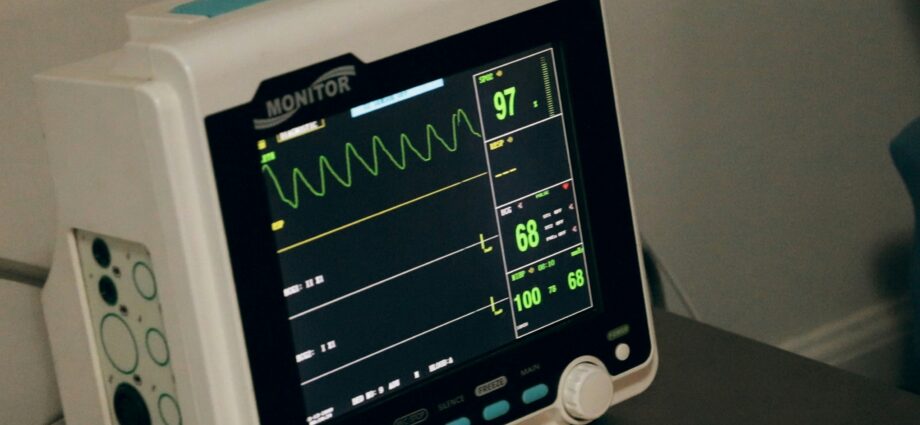
Trained on over 300 million audio samples, Google’s HeAR AI model aims to improve health screenings for all types of disease
September 5, 2024
Earlier this year, researchers from Google developed an artificial intelligence (AI) model to screen, diagnose and track various lung and cardiovascular diseases using human acoustics.
This week, as announced by Shravya Shetty, Research Director of Engineering at Google, Health Acoustic Representations (HeAR) has already been adopted by prominent healthcare and UN-backed public health organizations. The Google Research team’s HeAR model was trained on over 300 million pieces of audio data from a “diverse and de-identified dataset.” The cough model, in particular, was trained on over 100 million audio samples of coughs.
HeAR uses a self-supervised learning (SSL) model to discern patterns and abnormalities related to their dataset of audio recordings. Once analyzed, the model can create a data-driven method to detect diseases. Already, Google’s model HeAR has been found to be one of the highest-ranking tools across various microphone capabilities in successfully identifying signals of disease, in large part due to the team’s extensive database.
India-based, respiratory healthcare company Salcit Technologies has begun using HeAR to further develop their own bioacoustic AI model Swaasa. Swaasa has been working to research and develop early detection of Tuberculosis (TB) — particularly in India, which accounts for about 25% of the global TB burden, or more than 2.5 million cases annually.
TB is a treatable disease, but millions of cases every year are not diagnosed, in large part due to inconvenient access to healthcare. HeAR and companies like Salcit Technologies are aiming to make TB screening significantly more accessible to all.
“Every missed case of tuberculosis is a tragedy; every late diagnosis, a heartbreak,” says Sujay Kakarmath, a product manager at Google Research as part of the HeAR team. “Acoustic biomarkers offer the potential to rewrite this narrative. I am deeply grateful for the role HeAR can play in this transformative journey.”
The usage of HeAR in TB screening is also being considered by The Stop TB Partnership, a United Nations-hosted organization with the goal of stopping tuberculosis by the year 2030.
“Solutions like HeAR will enable AI-powered acoustic analysis to break new ground in tuberculosis screening and detection, offering a potentially low-impact, accessible tool to those who need it most,” said Zhi Zhen Qin, digital health specialist with the Stop TB Partnership.
Only introduced this year, the early adoption and use of Google’s HeAR in audio screening for healthcare worldwide offers optimism on future developments of acoustic AI models in screening for and treating all types of diseases.
Subscribe to our newsletter.
HeAR is now available to the general public and researchers interested in exploring the benefits of the model for their own work through an API on the Google Cloud, which can be found here.

